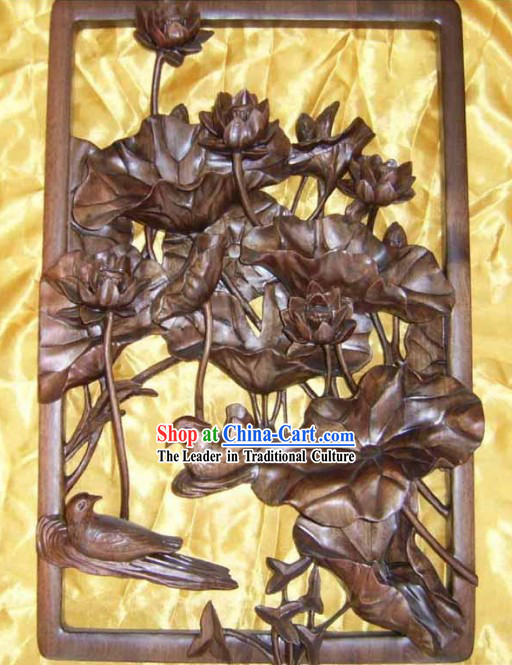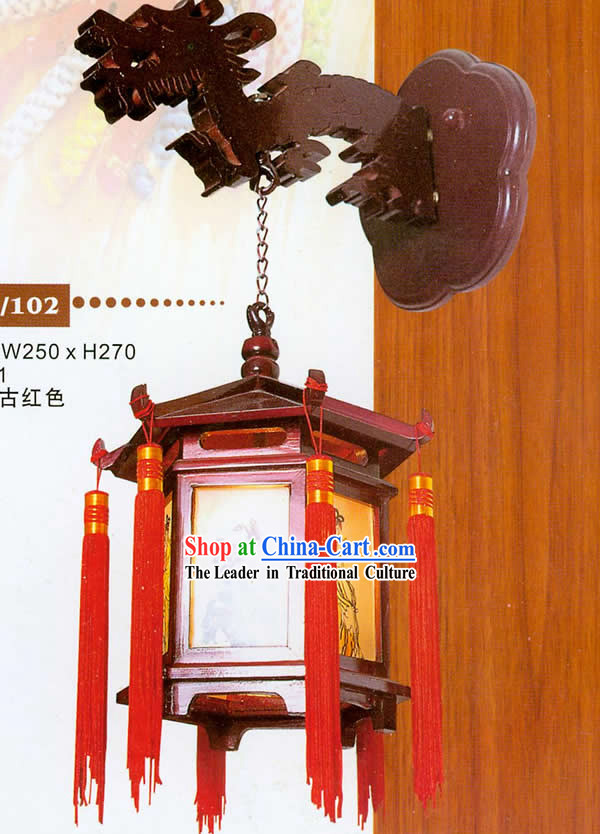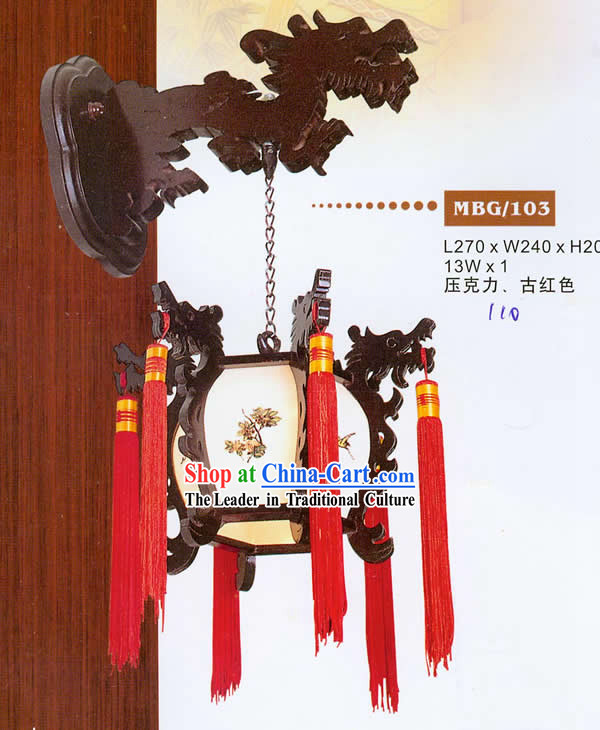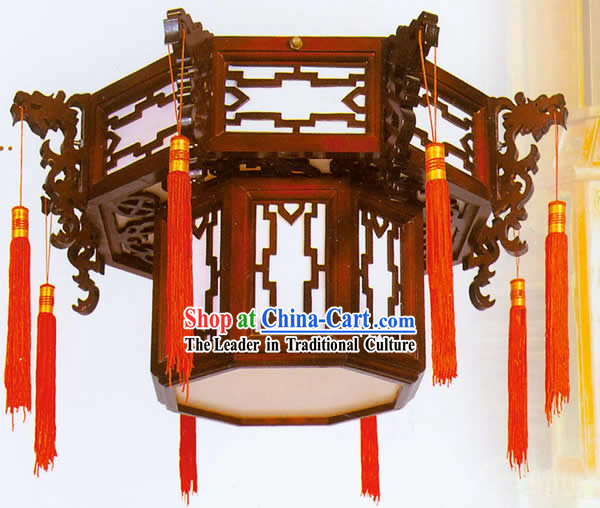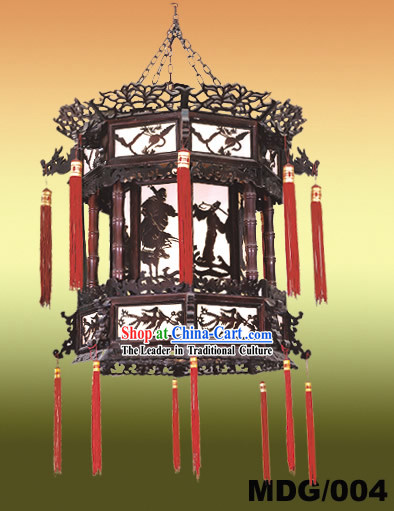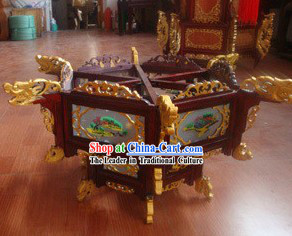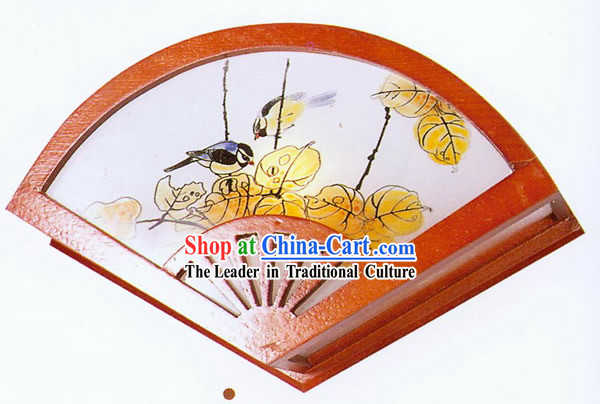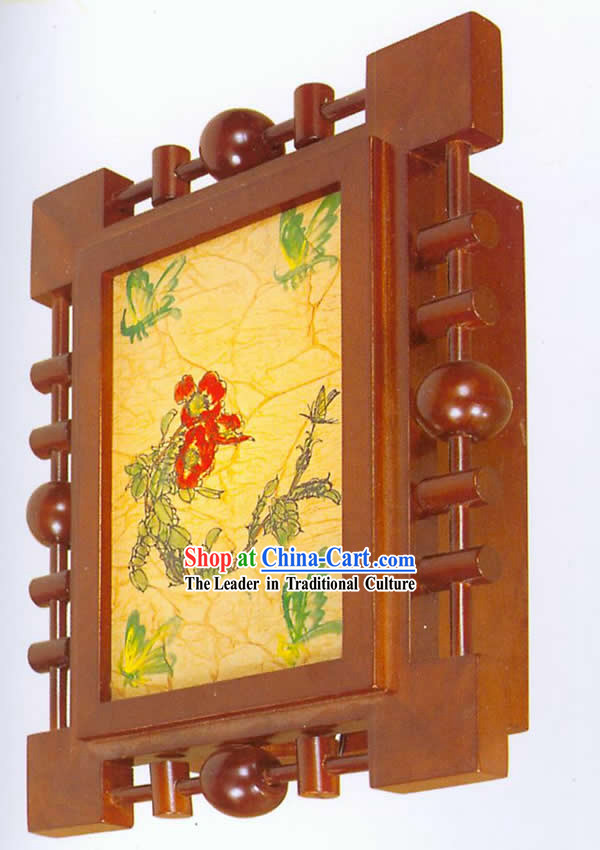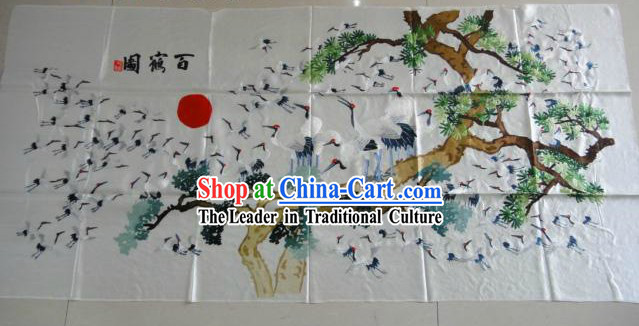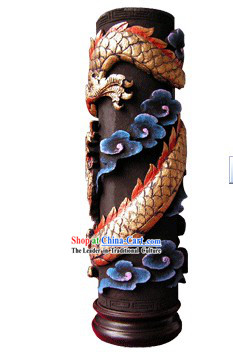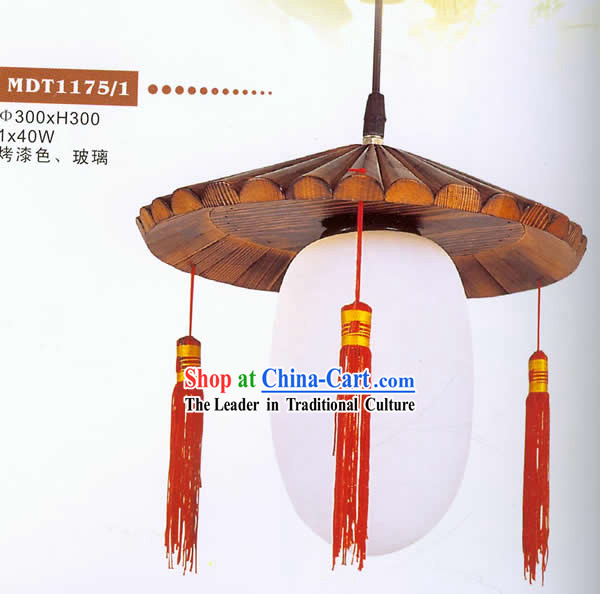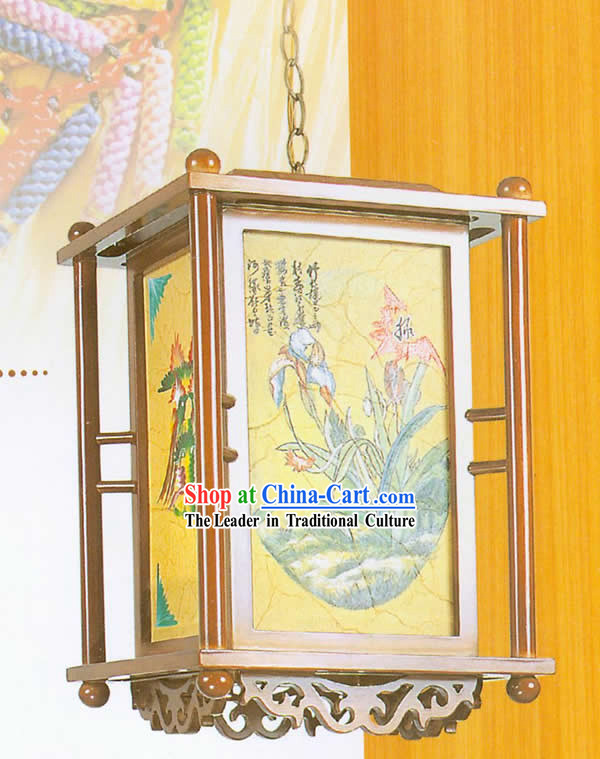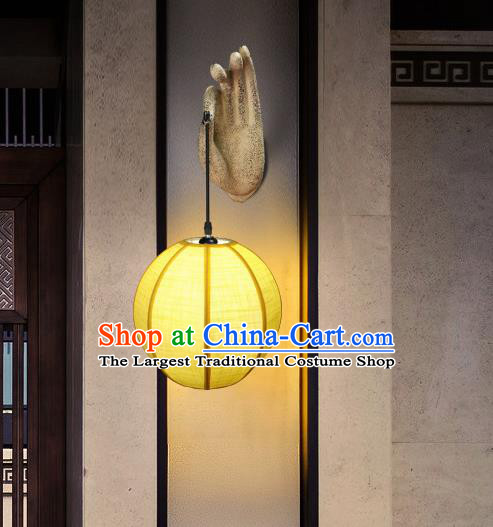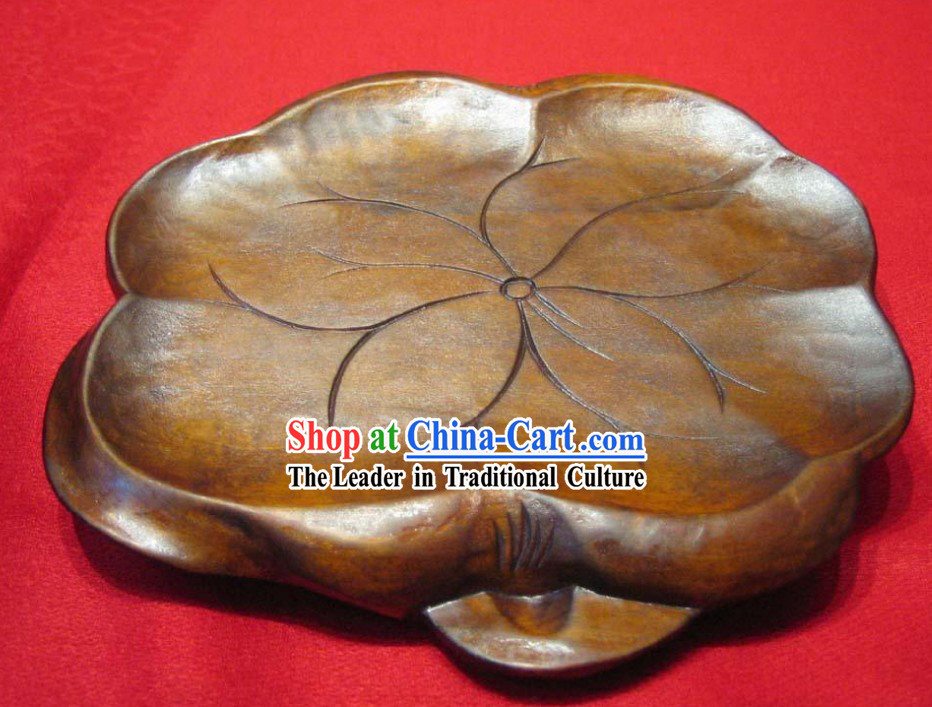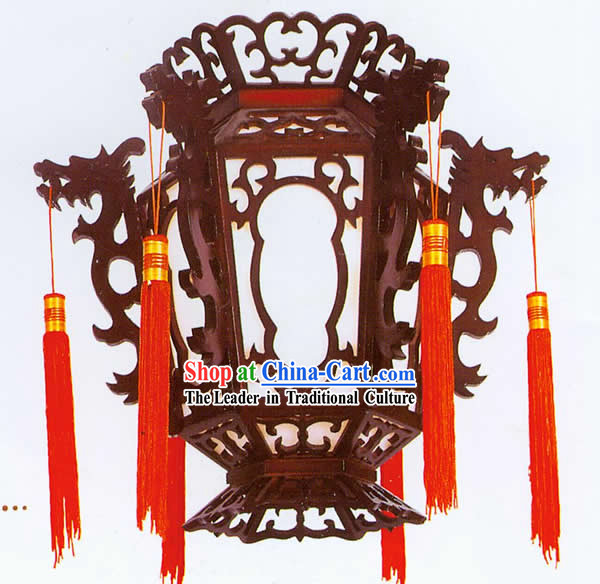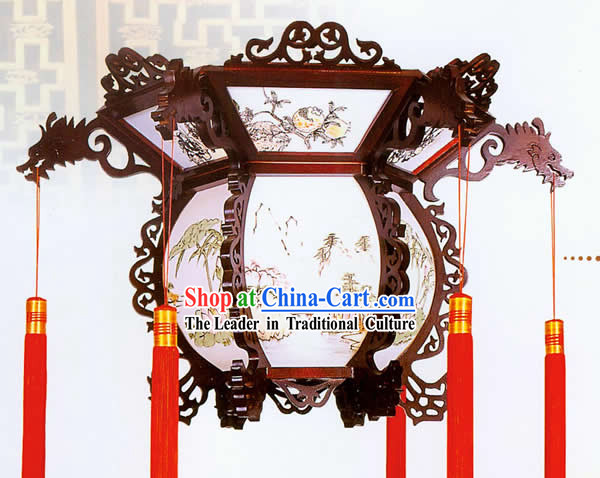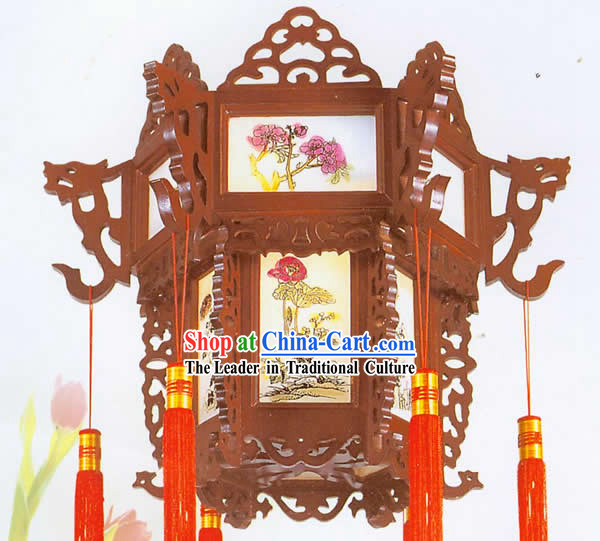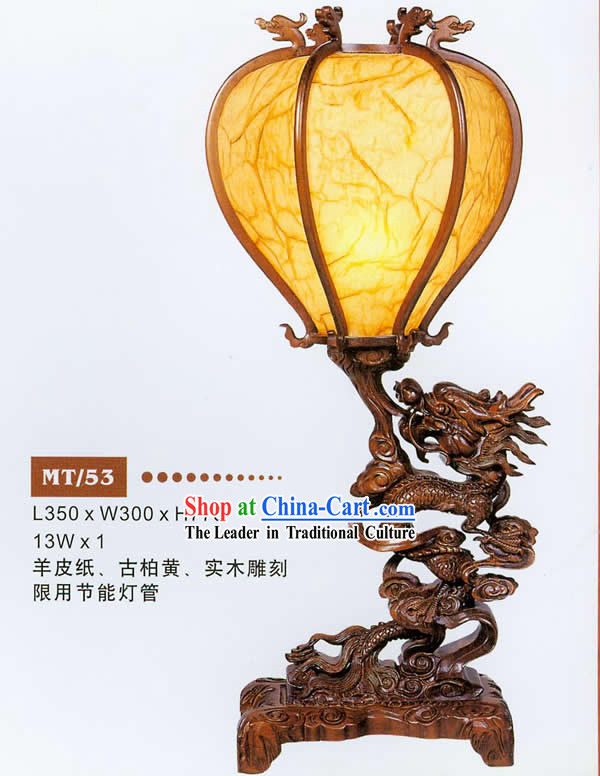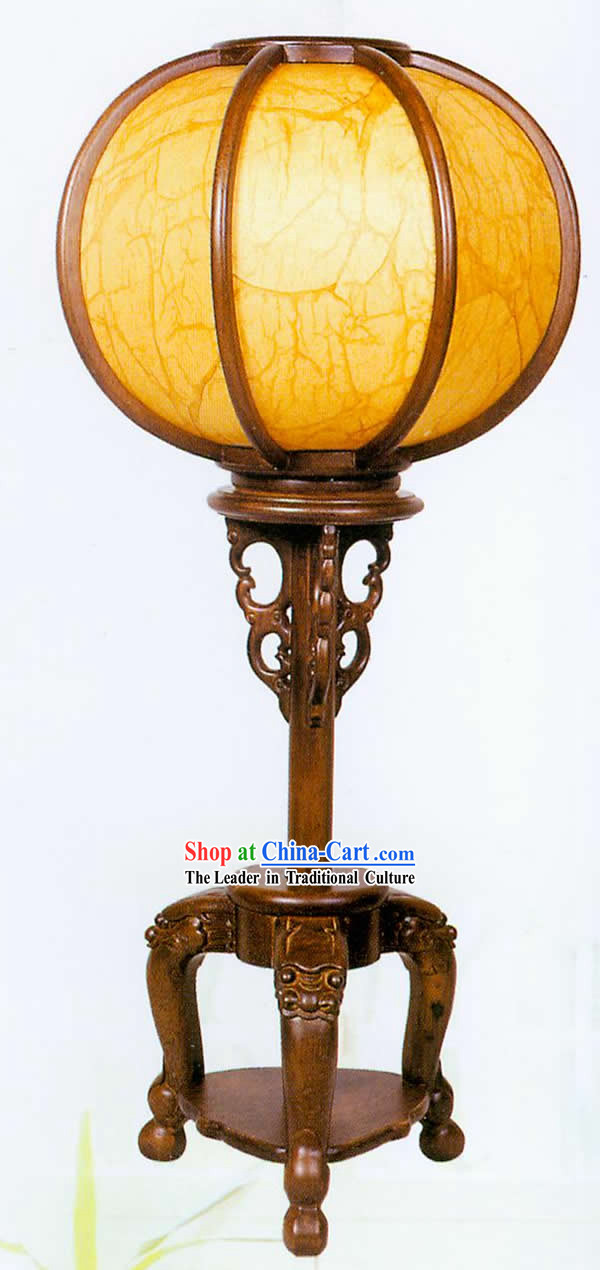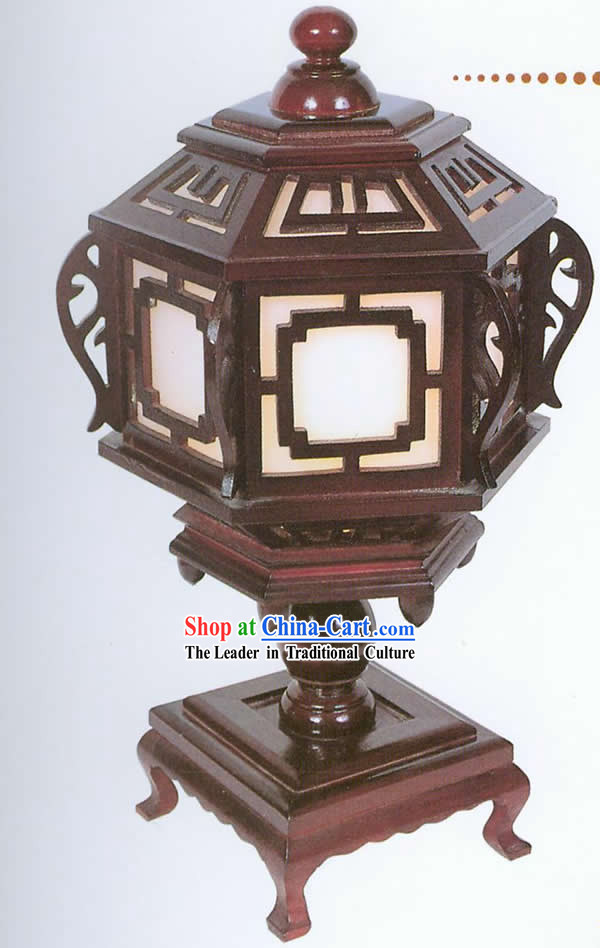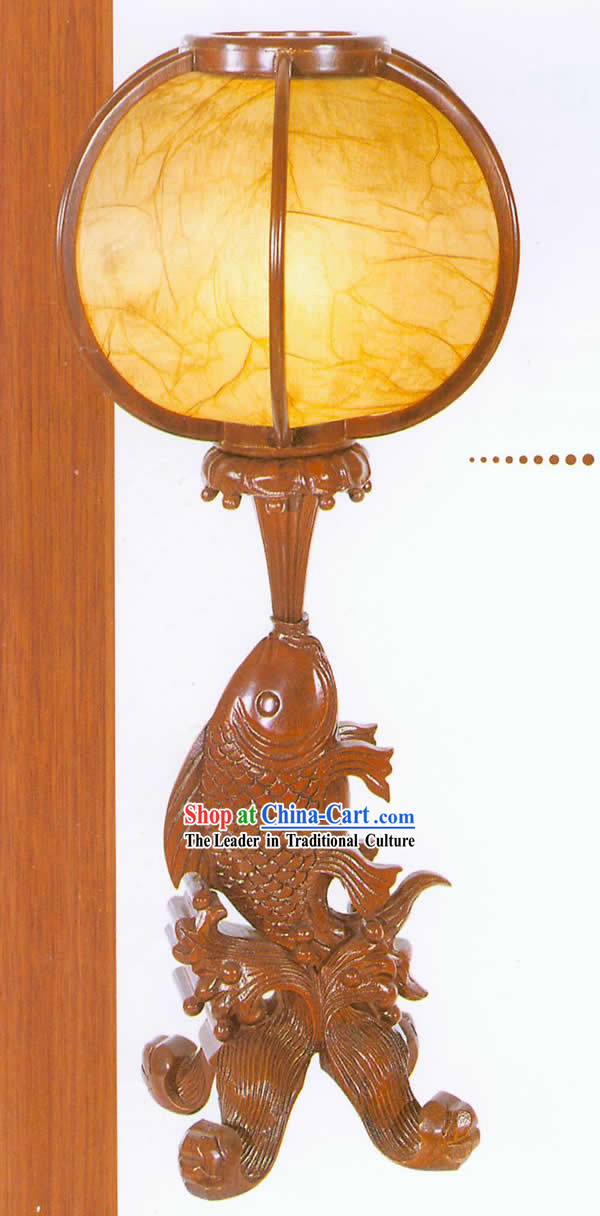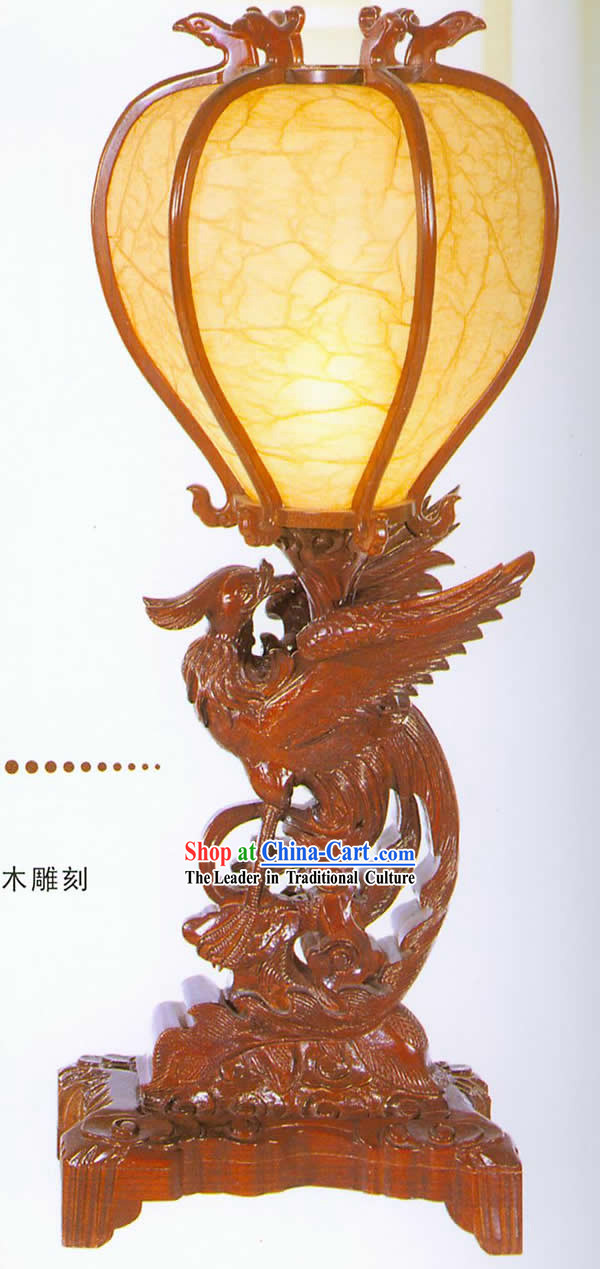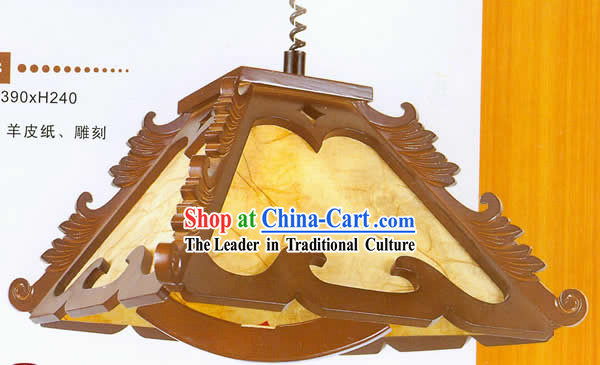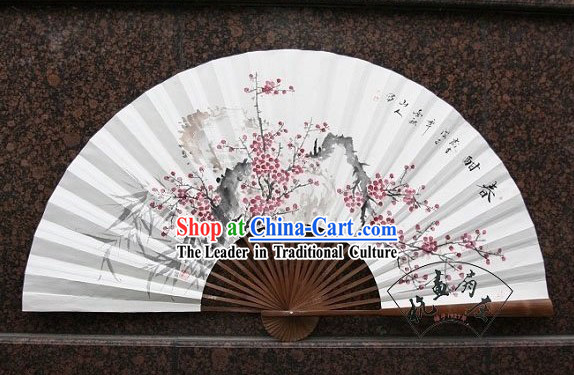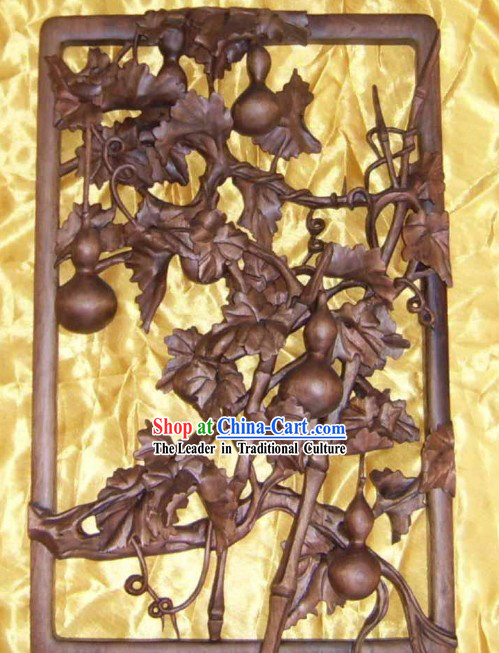
Click Related Pictures for More Audios:
The artwork is a Chinese palace wood carving pendant named "Jubao basin," which showcases rich cultural history and significance.
This artwork is renowned for its exquisite craftsmanship, unique design, and abundant symbolism.
Firstly, this artwork employs traditional Chinese woodcarving techniques, presenting a vivid image through meticulous carving and polishing.
Artists use various skills and tools to shape the wood into different forms and textures, enhancing the artwork's artistic value and visual appeal.
This traditional technique remains popular and respected in modern society because it represents the profound heritage and distinctive charm of Chinese culture.
Secondly, the theme of this artwork is "Jubao basin," which symbolizes good fortune and prosperity.
In traditional Chinese culture, Jubao basin is considered a harbinger of wealth and good luck.
Artists express their longing for abundance and fertility by depicting images of fruits and plants such as apples, grapes, gourds, etc.
This theme not only has visual appeal but also conveys people's pursuit of a better life and hope for happiness.
Lastly, this artwork holds historical significance.
It may have been a decorative piece in ancient palaces or noble households, showcasing the owner's status and wealth.
By hanging on the wall or placed in a specific location, this artwork became a symbol of identity and social status.
Its existence enriched the cultural life of that era and provides later generations with an opportunity to understand ancient social customs and artistic styles.
In conclusion, the Chinese palace wood carving pendant "Jubao basin" stands out for its exquisite craftsmanship, unique theme, and abundant historical significance.
It is not only an artwork but also a cultural heritage and witness to history.

